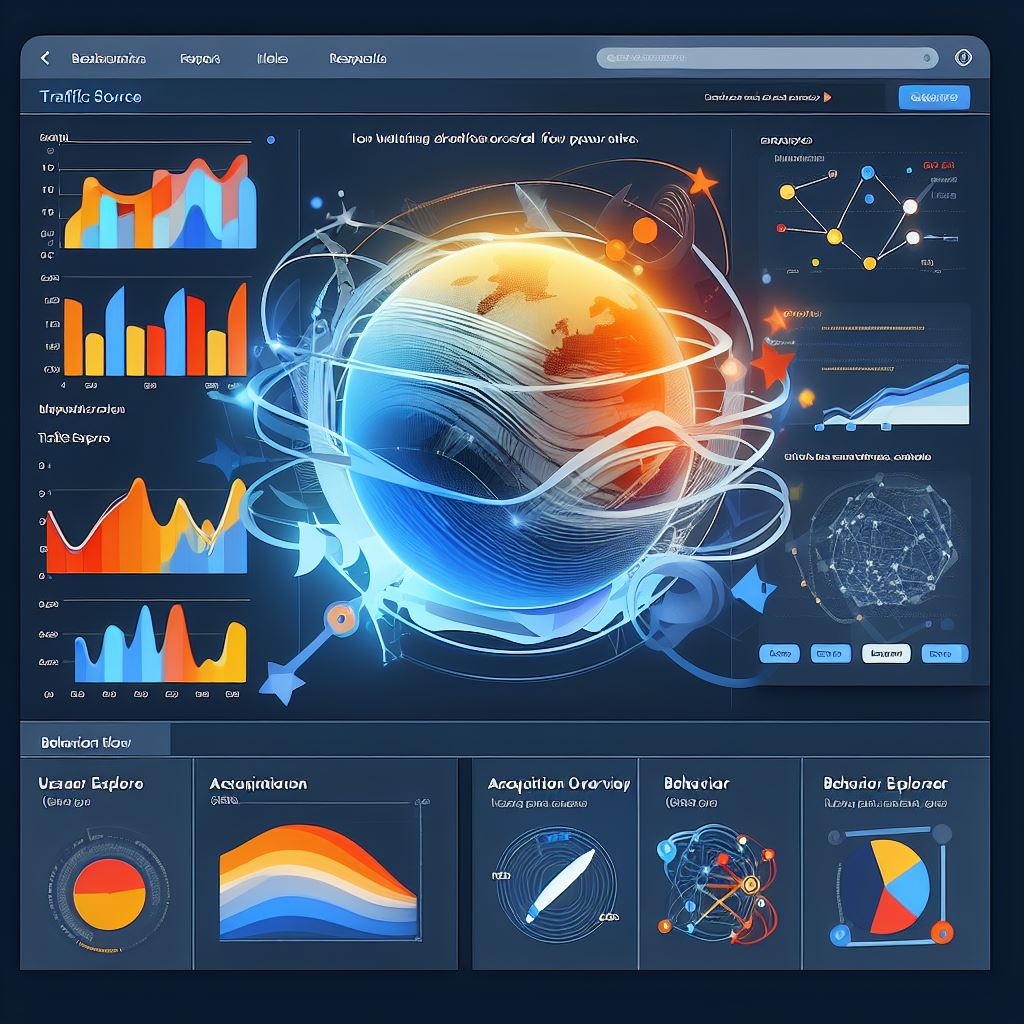What does a B2C website use to track the items you select on the website?

In the bustling world of e-commerce, Business-to-Consumer (B2C) websites have become a cornerstone of modern retail. When you browse a B2C website, every click and selection you make is tracked meticulously. But have you ever wondered how these platforms keep tabs on your preferences and activities? Let’s delve into the mechanisms employed by B2C websites to track the items you select.
Introduction to B2C website
Business-to-Consumer (B2C) websites are online platforms where businesses sell products or services directly to individual consumers. These websites are designed to provide a seamless shopping experience, and tracking user behavior is a crucial aspect of achieving this.
Understanding tracking mechanisms on B2C website
a. Cookies and Their Role: B2C websites often use cookies, small text files stored in your browser, to track your interactions. These cookies store information about the pages you visit, products you view, and items you add to your cart.
b. User Accounts and Preferences: Creating a user account on a B2C website allows for personalized tracking. Your preferences, purchase history, and saved items provide valuable data to tailor your experience.
c. IP Tracking: Tracking your IP address helps B2C websites identify your location and browsing habits, aiding in targeted advertising and personalized recommendations.
d. Analytics Tools: B2C websites utilize various analytics tools to monitor user behavior. These tools gather data on item interactions, page views, and conversion rates.
Importance of Tracking User Behavior
Tracking user behavior is fundamental for B2C websites to enhance their services. It enables personalized recommendations, targeted advertising, and a better understanding of customer needs.
Advantages and Drawbacks of Tracking on B2C Website
a. Advantages:
- Improved user experience
- Enhanced personalization
- Better marketing strategies
b. Drawbacks:
- Privacy concerns
- Potential misuse of data
- Intrusion into user privacy
Enhancing User Experience Through Tracking
By analyzing user behavior, B2C websites can optimize their interfaces, suggest relevant products, and streamline the purchasing process, ultimately improving user satisfaction.
Balancing Privacy Concerns and Tracking
B2C websites must strike a balance between effective tracking and respecting user privacy. Transparency and giving users control over their data are vital in this regard.
Strategies for Effective Tracking on B2C Websites
a. Opt-in Mechanisms: Providing users with the choice to opt-in for tracking instills trust and allows for a more transparent relationship.
b. Transparency and Disclosure: Clearly informing users about the tracking methods being used and how their data will be utilized fosters transparency.
c. Compliance with Privacy Regulations: Adhering to legal frameworks and privacy regulations ensures responsible data handling and builds credibility.
Case Studies Showcasing Effective Tracking
We’ll explore real-world examples of B2C websites effectively utilizing tracking to enhance user experience and drive business growth.
The Future of Tracking on B2C Websites
Technological advancements will shape the future of tracking, with increased emphasis on privacy, data security, and enhanced personalization.
How Users Can Manage Their Tracked Data
Providing users with options to review and manage their tracked data empowers them to maintain control over their online experiences.
Navigating the B2C Tracking Landscape Responsibly
B2C websites employ various tracking mechanisms, including cookies, user accounts, IP tracking, and analytics tools, to monitor and understand user interactions. While these tracking methods enhance user experience and drive business benefits, it’s crucial to balance them with privacy considerations.